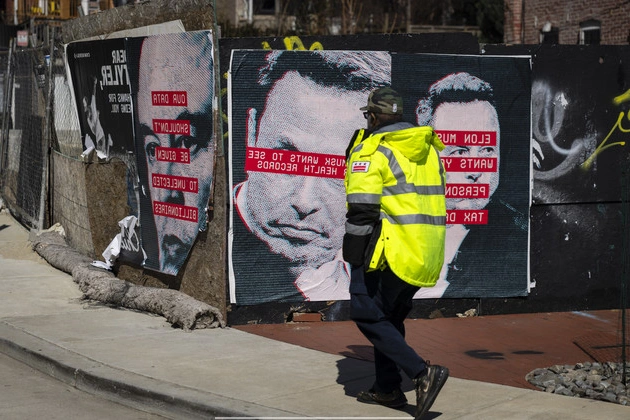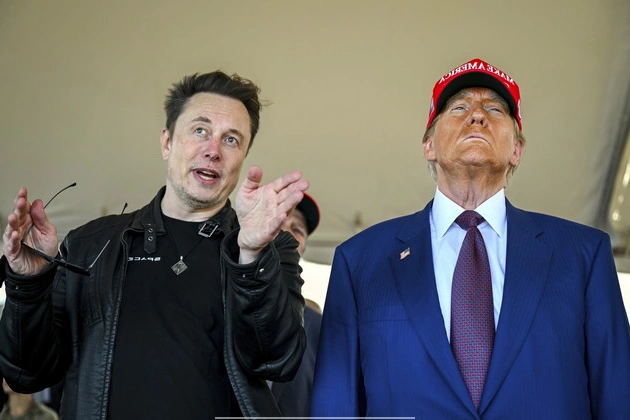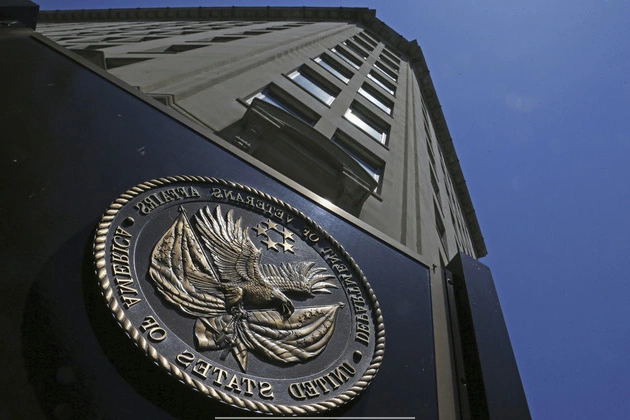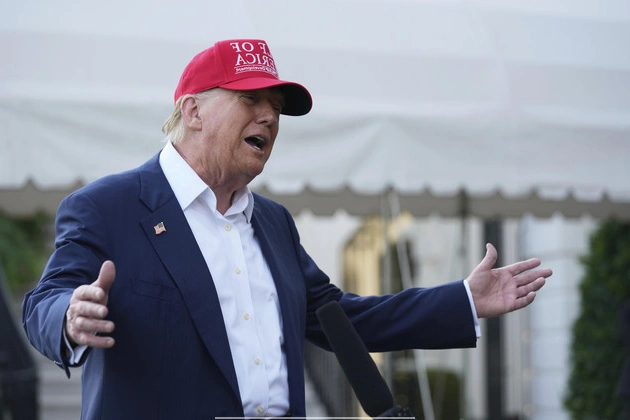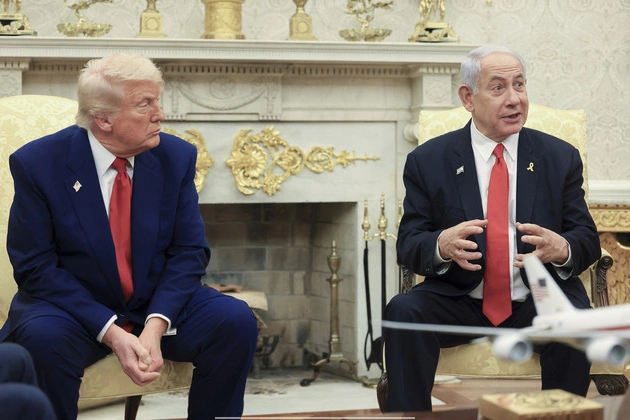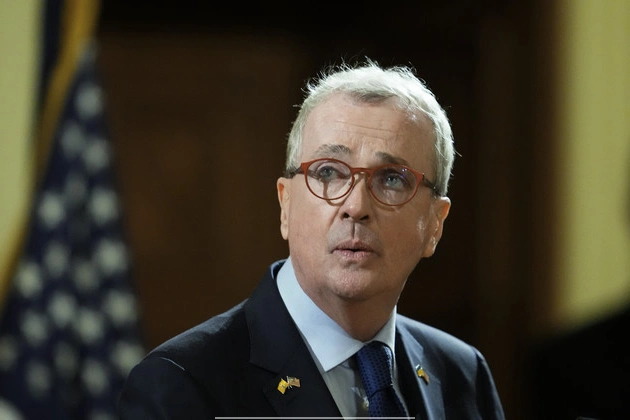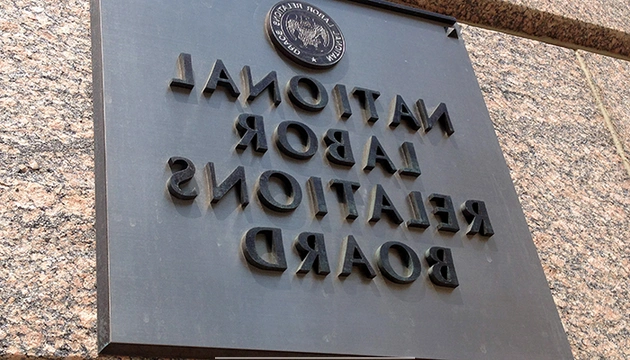
Former National Labor Relations Board member Gwynne Wilcox filed a lawsuit against the Trump administration challenging her sudden dismissal last week. The complaint, lodged in D.C. district court, criticizes the President’s removal of Wilcox without citing neglect of duty or malfeasance, a move that contradicts decades of Supreme Court precedent safeguarding agency independence.
Legal Implications and Ramifications
The lawsuit argues that Wilcox’s firing is part of a series of unlawful terminations by the Trump administration, testing Congress’s authority to establish independent agencies like the NLRB. The case’s outcome could set a precedent for executive branch agencies’ autonomy and the limits of presidential power.
Wilcox and Jennifer Abruzzo, the general counsel who was also removed, received a letter from the White House asserting that the President has the authority to dismiss NLRB members without cause, contrary to federal law.
Agency Disruption and Legal Actions
With Wilcox’s removal, the NLRB lacks the quorum needed to adjudicate cases, halting critical agency functions. Wilcox seeks a court declaration affirming her rightful position on the Board and challenging the President’s removal authority.
While Abruzzo’s dismissal was anticipated, Wilcox’s unprecedented ouster underscores the administration’s efforts to reshape regulatory bodies. The White House’s stance on executive authority may prompt a review of precedents governing independent agencies.
Concluding Remarks
The legal battle between Wilcox and the Trump administration sheds light on the complexities of agency independence and executive power. As the case unfolds, its implications could reverberate across government agencies, clarifying the boundaries of presidential authority and agency autonomy.






